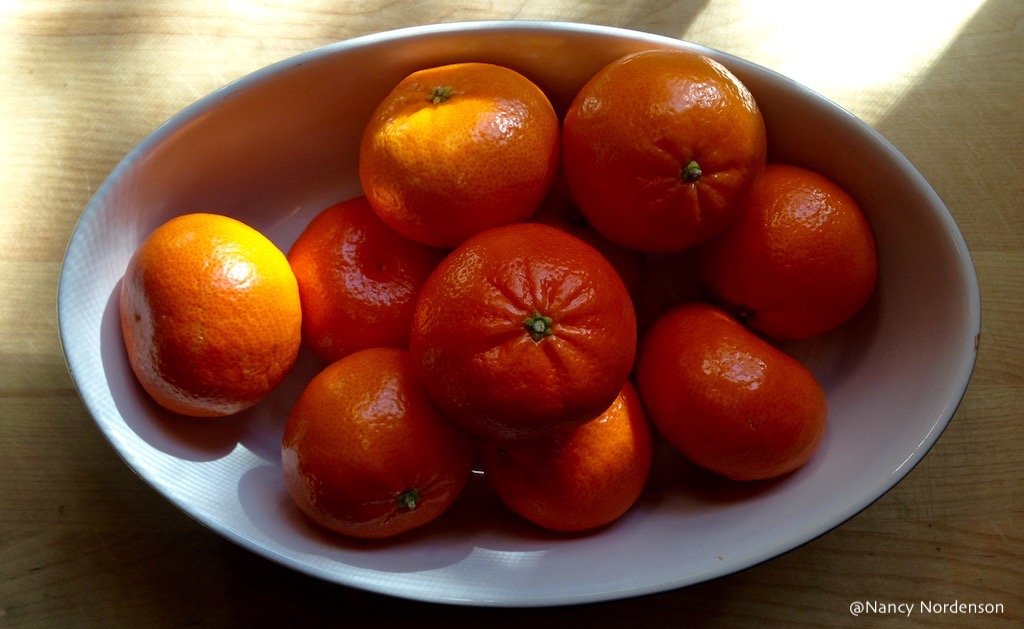At the recommendation of several friends I recently read The Salt Path by Raynor Winn. It’s about a couple in their mid-50’s who lost everything, including their home, simply because they had signed a contract backing a friend’s business and when that business went down so did they. When this terrible thing happened, instead of collapsing or giving up or lying on a couch forever watching TV or any number of things that I or many of us would likely do in the direct aftermath of a terrible or even mildly distressing event, they instead went on a 630-mile walking journey around the coast of England. They took a tent and camped at wild sites. They didn’t stay nights here and there at Airbnbs or hotels to give themselves a break. They didn’t order carry-out food to take and eat under the stars. They carried everything; they lived on little food (mostly noodles); they bathed by jumping in the ocean. They chose to do a hard thing. They did a hard thing.
At the end of the book they were changed, as in any journey story. And their journey changed me. It made me a bit braver in my own journeying, or at least made me want to be a bit braver.
“We hadn’t been afforded the luxury of time for the shock waves from our past to play out and then—as in any good nature-redemption story—to go off into the wilderness to refind our way in life. But things had hit us in the face like a tidal wave and would have washed us away if we hadn’t found ourselves on the path. Our journey had drained us of every emotion, sapped our strength and our will. But then, like the windblown trees along our route, we had been re-formed by the elements into a new shape that could ride out whatever storms came over the bright new sea…. At last I understood what homelessness had done for me. It had taken every material thing that I had and left me stripped bare, a blank page at the end of a partly written book. It had also given me a choice, either to leave the page blank or to keep writing the story with hope. I chose hope.”
Once, I experienced a deep and sudden sorrow, and a friend who had gone through the same thing called me and told me: Walk right through it. Walk right through it as opposed to trying to avoid the pain, as opposed to hiding from it, as opposed to drowning it in one thing or another. I followed my friend’s advice the best I could and thought of it when reading these pages.
Isn’t it a good rule for all of life to keep walking right through whatever happens, literally or figuratively? To walk through to whatever is next, and maybe it is in the walking that recovery happens, that meaning gets made.
(As an important aside: There’s an interesting story of physical healing in this book as well.)
~~~
[Photo: A bright and delicious joy that each winter the cold north receives from the warm west and south, with thanks.]





